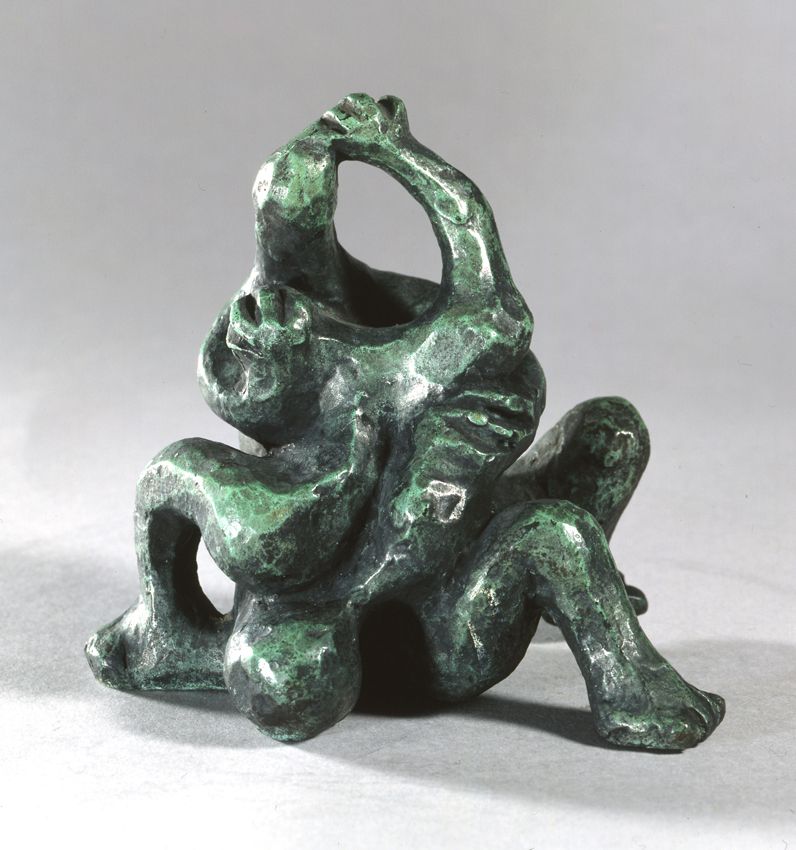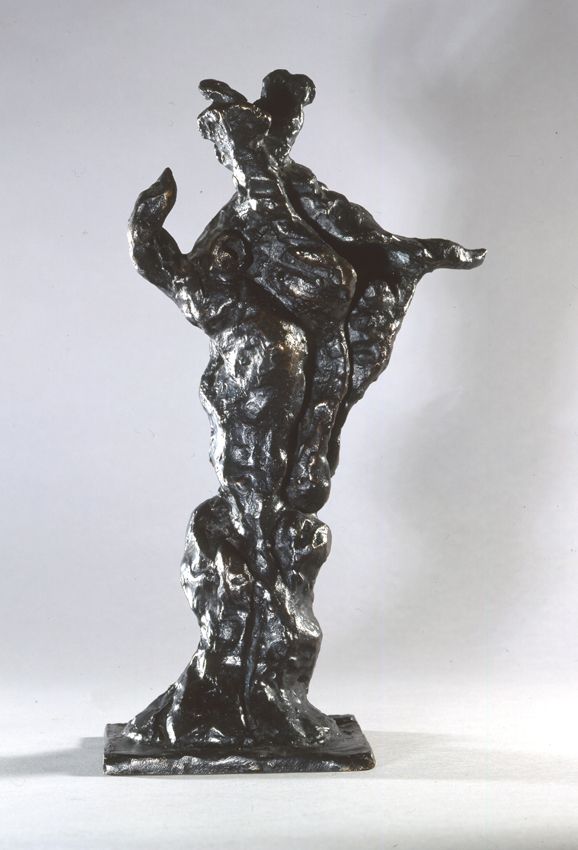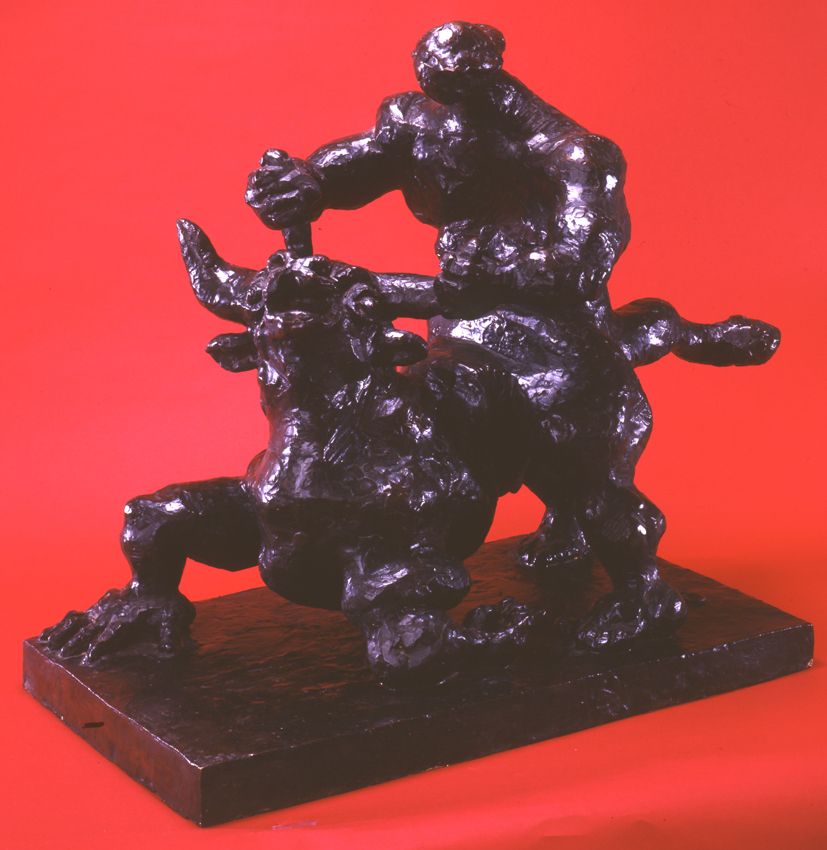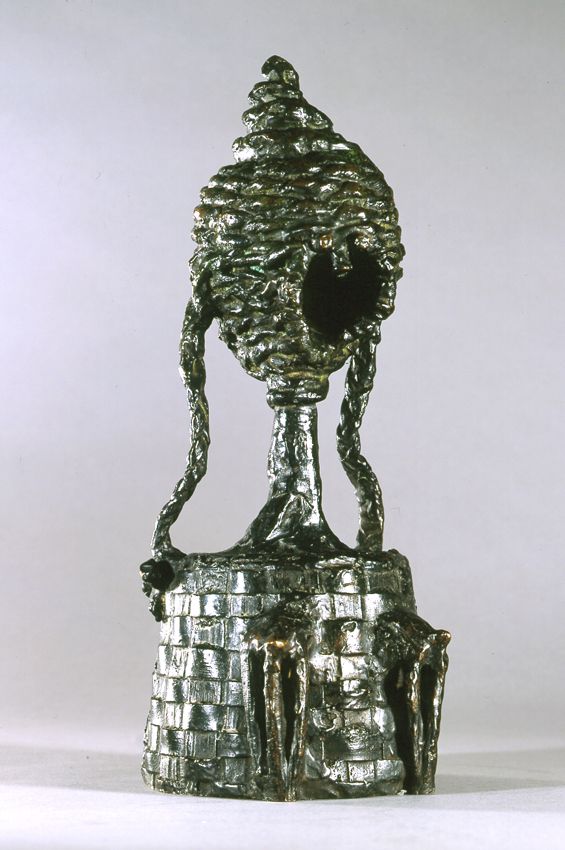Jacques Lipchitz


Selected Works

Jacques Lipchitz
Couple I, 1947
Bronze
Hauteur: 19,1 cm
Numéroté d'une édition à 7 exemplaires

Jacques Lipchitz
Thésée et le Minotaure, 1942
Bronze
62 x 62 x 40 cm
Numéroté d'une édition à 7 exemplaires

Jacques Lipchitz
La Geicha, 1963
Bronze
Hauteur: 34,3 cm
Numéroté d'une édition à 7 exemplaires

Jacques Lipchitz
The Beautiful One, 1962
Bronze
Hauteur: 31,7 cm
Numéroté d'une édition à 7 exemplaires
Some of the works depicted are no longer available.
Biography
Lipchitz experiments with "transparent" sculptures, made with the lost wax technique. His sculptures become more fluid and organic, replacing angular forms with freer structures.
